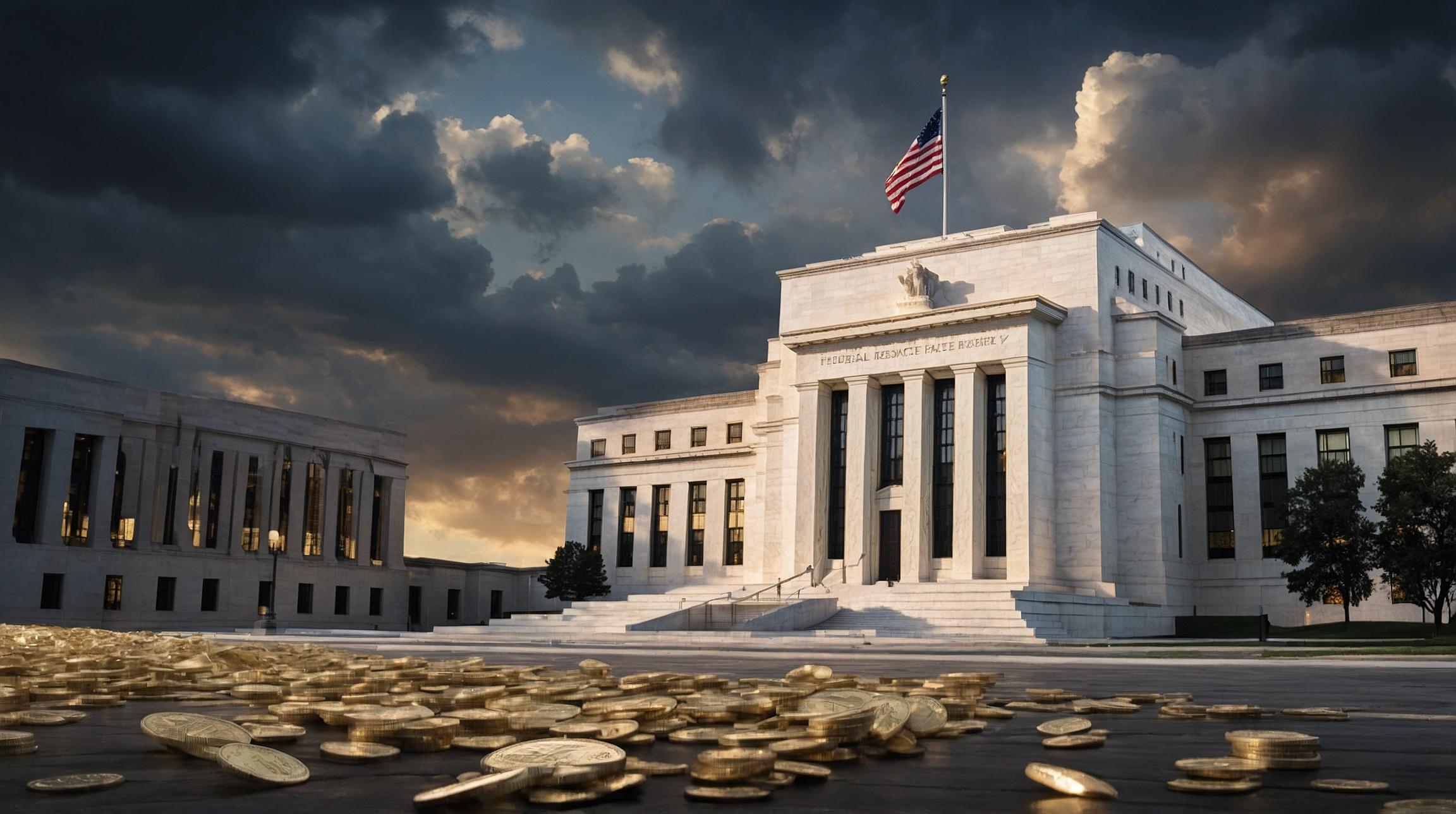Understanding the Federal Reserve's Role
The Federal Reserve plays a crucial role in managing the United States' monetary policy. By adjusting interest rates, the Fed aims to maintain economic stability. Interest rates are charges for borrowing money, and they influence spending and saving in the economy. When rates are low, borrowing is cheaper, encouraging spending and investment. Conversely, high rates can slow spending and curb inflation.
Recent Inflation Trends and Their Impact
In recent months, the Consumer Price Index (CPI), a measure of inflation, indicated that price increases are cooling. In July, the CPI rose by 2.9% compared to the previous year, slightly down from June's 3%. Importantly, the "core" CPI, excluding volatile food and energy prices, increased by 3.2% in July, marking the smallest rise since April 2021. This cooling inflation suggests less urgency for maintaining high interest rates, paving the way for potential rate cuts.
Employment Concerns
The unemployment rate is another key factor for the Fed's decisions. In July, unemployment rose to 4.3%, the highest since October 2021. This suggests a cooling labor market, which could pressure the Fed to cut rates to stimulate economic activity and prevent unemployment from rising further.
Rate Cut Speculations
Market experts are betting on a rate cut in September, with chances evenly split between a 25 basis point and a 50 basis point reduction. A basis point is a common unit of measure for interest rates, with 100 basis points equaling 1%. A cut would mean decreased rates, potentially boosting economic growth by making borrowing cheaper for businesses and consumers.
Upcoming Data and Decisions
Before the Fed's meeting on September 17-18, two crucial reports will inform their decision: the core Personal Consumption Expenditures (PCE) index on August 30 and a jobs report on September 6. These will provide further insights into inflation and labor market conditions, crucial for deciding the extent of a rate cut.
Diverse Opinions on Timing
Opinions vary among economists. Some argue that the Fed should have cut rates earlier to preempt a slowing economy. Others believe the Fed's cautious approach is warranted, ensuring inflation is sustainably under control before making changes.
Balancing Act for the Fed
The Fed faces the challenge of balancing inflation control with supporting employment. Cutting rates too early could risk inflation rebounding, while holding off might impact job growth. This delicate balance is at the heart of their monetary policy strategy.
By understanding these dynamics, even those new to finance can appreciate the implications of the Fed's decisions on everyday economic conditions.













